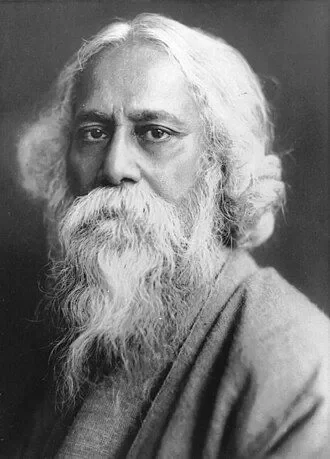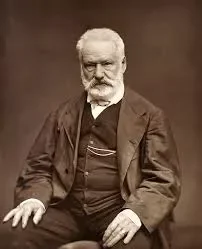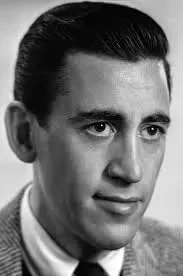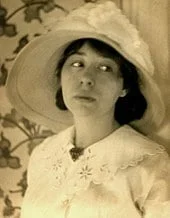Real Celebrities Never Die!
OR
Search For Past Celebrities Whose Birthday You Share
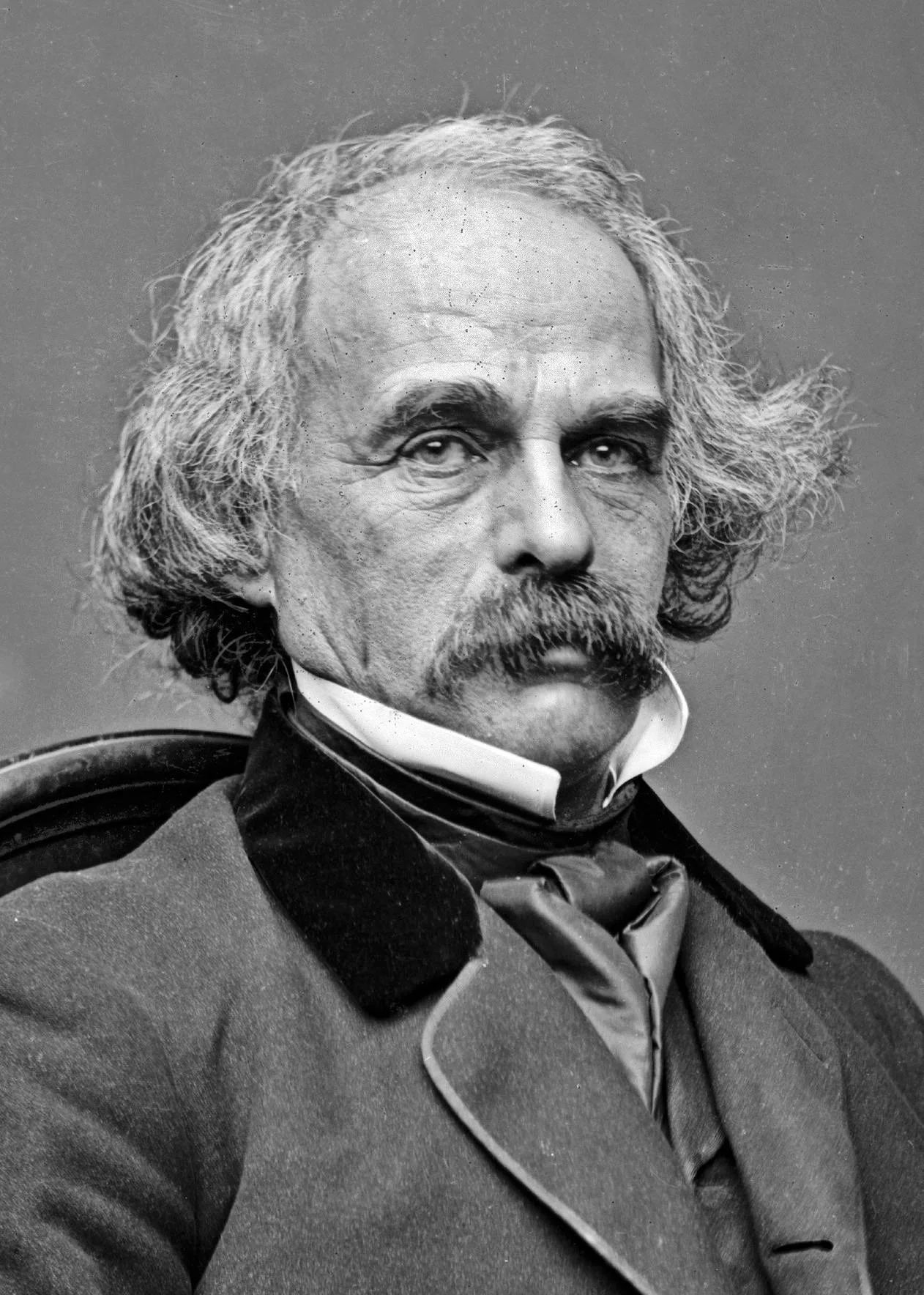
source: wikipedia.org
Nathaniel Hawthorne
Birthday:
04 Jul, 1804
Date of Death:
19 May, 1864
Cause of death:
Natural causes
Nationality:
American
Famous As:
Novelist
Age at the time of death:
59
Early Life and Family Background
Nathaniel Hawthorne was an American novelist, short story writer, and essayist who is known for his works of dark romanticism. He was born in 1804 in Massachusetts to a family that was involved in the colonial affairs of New England. He was a descendant of John Hathorne, who was a judge in the Salem witch trials in 1692. He changed his surname to Hawthorne to distance himself from his family’s dark past. He attended Bowdoin College, where he became lifelong friends with future president Franklin Pierce and future poet Henry Wadsworth Longfellow.
Hawthorne’s Friendship with Franklin Pierce
He also wrote a campaign biography for his friend Franklin Pierce, who became the 14th president of the United States in 1853.
Life in New England and Literary Influences
Throughout his life, Hawthorne resided primarily in New England. He spent a significant portion of his time in Concord, Massachusetts, where he lived near notable figures such as Ralph Waldo Emerson and Henry David Thoreau. This proximity to the transcendentalist movement exposed Hawthorne to their philosophical ideas, although he did not fully embrace their teachings. Nevertheless, he maintained a close friendship with fellow writer Herman Melville, author of the renowned novel “Moby-Dick.”
Decline in Productivity and Passing
During the later part of his life, Hawthorne’s productivity declined, and he failed to produce the same caliber of work as his earlier masterpieces. Hawthorne’s health began to deteriorate, and he passed away in his sleep in 1864 while on a trip to New Hampshire with Franklin Pierce.
Education and Early Writing
During his time at Bowdoin College, Hawthorne honed his writing skills and delved into tales and romances. He was inspired by the history of colonial New England and his native Salem.
Early Career and First Novel
After graduating college, Nathaniel Hawthorne worked as a writer and editor for several magazines and newspapers. He also published his first novel, “Fanshawe,” in 1828. However, he later tried to suppress it as he felt it wasn’t as good as his later work. He also penned various short stories that explored various themes.
The Scarlet Letter and Literary Fame
After losing his government job due to controversial reasons, Hawthorne began writing his most famous work, “The Scarlet Letter,” which was published in 1850. It told the story of Hester Prynne, a woman who was forced to wear the scarlet letter “A” on her chest as a punishment for adultery in Puritan Boston. The novel was a commercial success and helped establish Hawthorne as a prominent novelist.
Nathaniel Hawthorne's Quote's
Later Works and Themes
Hawthorne followed “The Scarlet Letter” with more novels as well as a collection of short stories. Some of his most notable works during this period include “The House of the Seven Gables,” which delved into the dark secrets and hidden sins of the Pyncheon family, while “The Blithedale Romance” explored the complexities of communal living and the tensions between idealism and reality.
Name:
Nathaniel Hawthorne
Popular Name:
Nathaniel Hawthorne
Gender:
Male
Cause of Death:
Natural causes
Spouse:
Place of Birth:
Salem, Massachusetts, U.S.
Place of Death:
Plymouth, New Hampshire, U.S.
Occupation / Profession:
Personality Type
Logistician: Nathaniel Hawthorne was very energetic and exciting person who loved to live and enjoy life.
He hid his last name partially because he wanted to hide his family’s dark past.
His youngest daughter was nominated for sainthood in 2003.
Franklin Pierce discovered Hawthorne dead.
Nathaniel Hawthorne was classmates with Henry Wadsworth Longfellow.
He wrote The Scarlet Letters after he lost his government job.
His novels and short stories are part of the core curriculum in literature courses and continue to influence writers and scholars.
The Nathaniel Hawthorne Society, founded in 1975, promotes the study and appreciation of Hawthorne’s works and legacy.
Hawthorne is widely regarded as one of the greatest American novelists, and his works are staples in literary studies.




